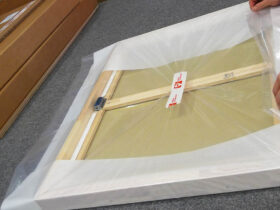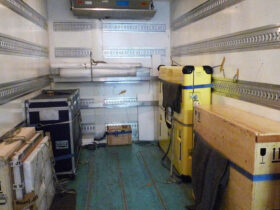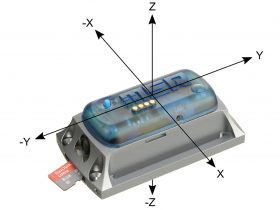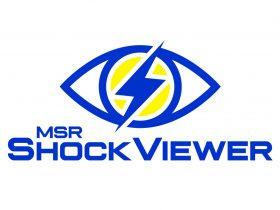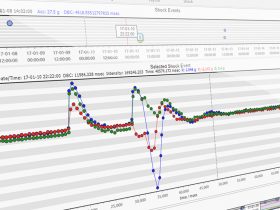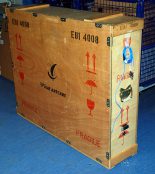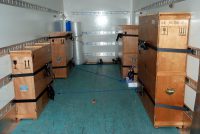Use of MSR165 data loggers with acceleration sensors in CTI research project
Authors: Cornelius Palmbach, Nathalie Bäschlin, Matthias Läuchli, Marcel Ryser and Anita Hoess, Bern University of Applied Sciences (BFH)/Bern University of the Arts (BUA), Switzerland
The use of MSR165 data loggers was first considered back in May 2012 in the CTI research project Risk assessment for shock and vibration immissions with new preventive strategies for transporting fragile painting. The findings of this research provided extensive new information on improving risk assessment and on the problems of existing transport packaging. Building on this, a follow-up project is being performed to develop strategies for optimum vibration protection for the transport of fragile paintings.
The interdisciplinary research team is made up of specialists in Conservation and Restoration (KUR) at Bern University of Applied Sciences (BFH)/Bern University of the Arts (BUA) and the Institute for Mechatronic Systems (ifms) at BFH-TI in Burgdorf, Switzerland. The project is supported by four business partners: a Swiss insurance company and the three leading Swiss artwork transportation companies. Specialists from various Swiss museums are assisting the project as partners with practical experience.
Comparative measurements for assessing existing and newly developed transport packaging
The type of packaging chosen depends on the type of painting, the transportation route and the method of transport. In real-life applications, countless methods and combinations of materials are used to reduce shocks and continuous vibrations during painting transport – from simply wrapping the paintings in bubble wrap to using complex double-insulated crates. The original project had already revealed that some of the packaging used provides inadequate damping, and in some cases even increases exposure to agitation.
As a result, the vibration-damping properties of a large variety of cushioning materials were tested with an electrodynamic vibration test unit (a shaker) in the current research project. Drop tests were also performed to evaluate the paintings’ response to shock. The business partners (haulage companies) then used the test findings to develop various prototypes with redesigned damping systems.
Multiple test journeys were performed in lorries with air suspension to compare the damping capacities of the prototypes to those of existing packaging systems under real-life conditions. Each lorry contained four identical test paintings, each with different packaging, to ensure that all the packaging types were exposed to near identical stresses in a route covering country roads, motorways and urban roadways. To study how well the various packaging systems damped the agitation caused by the lorries, MSR165 data loggers produced by Swiss technology company MSR Electronics GmbH were fastened to the test paintings, to the outside of the packaging and to the cargo areas of the lorries. The test involved a total of 13 MSR loggers with integrated triple-axis acceleration sensors and humidity sensors.
The data loggers were programmed to start and stop recording (with a measurement rate of 1600Hz, continuous with no limit values) automatically at preset times. The measurement data were then evaluated with MATLAB software. To assess the damping capacity of the various packaging types, the test measured how agitation was transmitted to the test paintings from the lorry and from the packaging. This involved determining and comparing the maximum values, the RMS (root mean square) levels and the dominant frequencies. The findings are expected to reveal the advantages and disadvantages of the various packaging methods and highlight steps that can be taken for further improvement.
You can follow the progress of the research project on the following website:
www.gemaeldetransport.ch
The CTI project was covered by nano, a German science programme produced by the television channel 3sat, in its report on ‘Fragile freight – research enables safe artwork transport’.
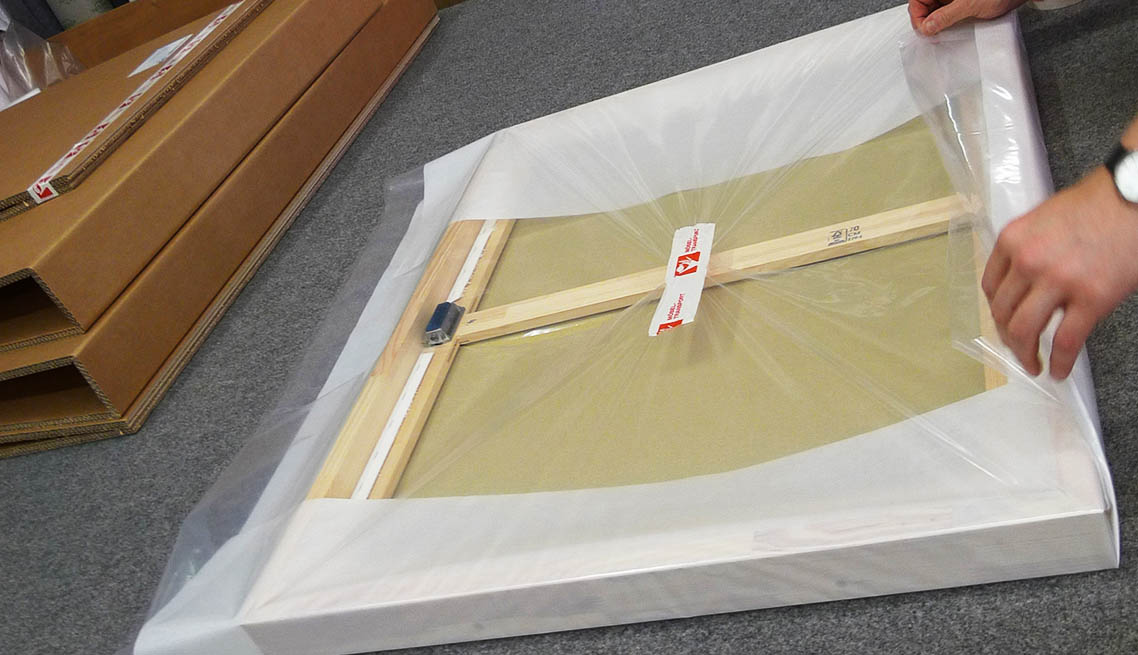
 Deutsch
Deutsch

